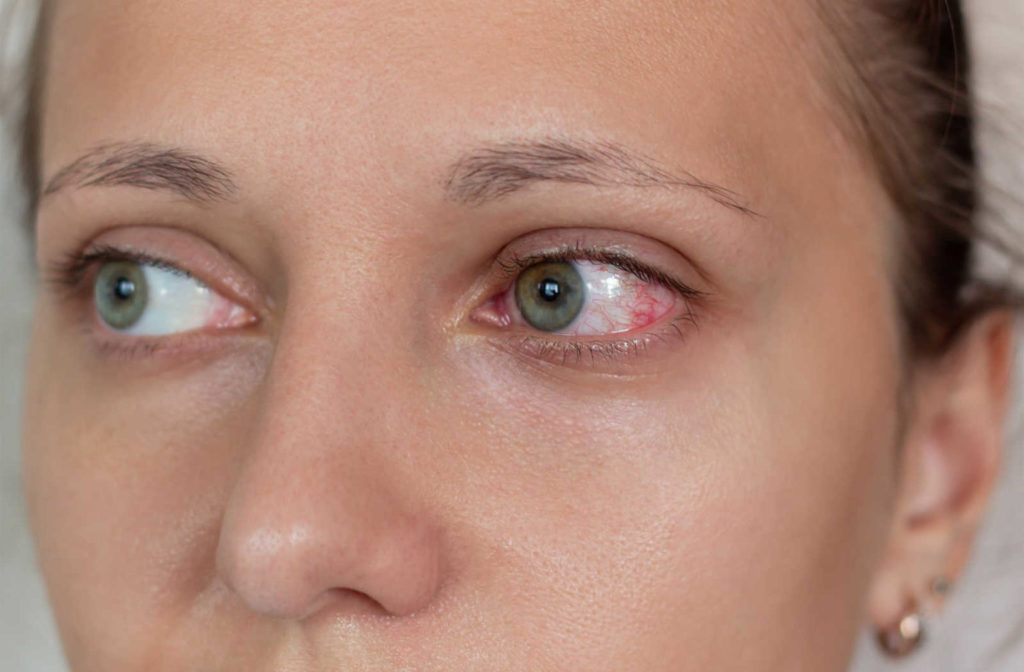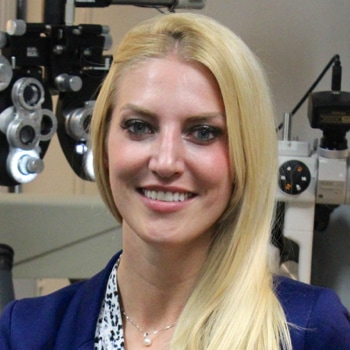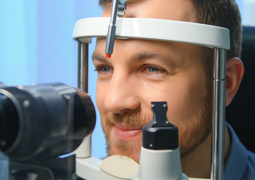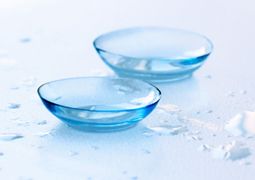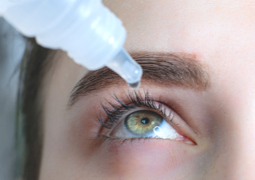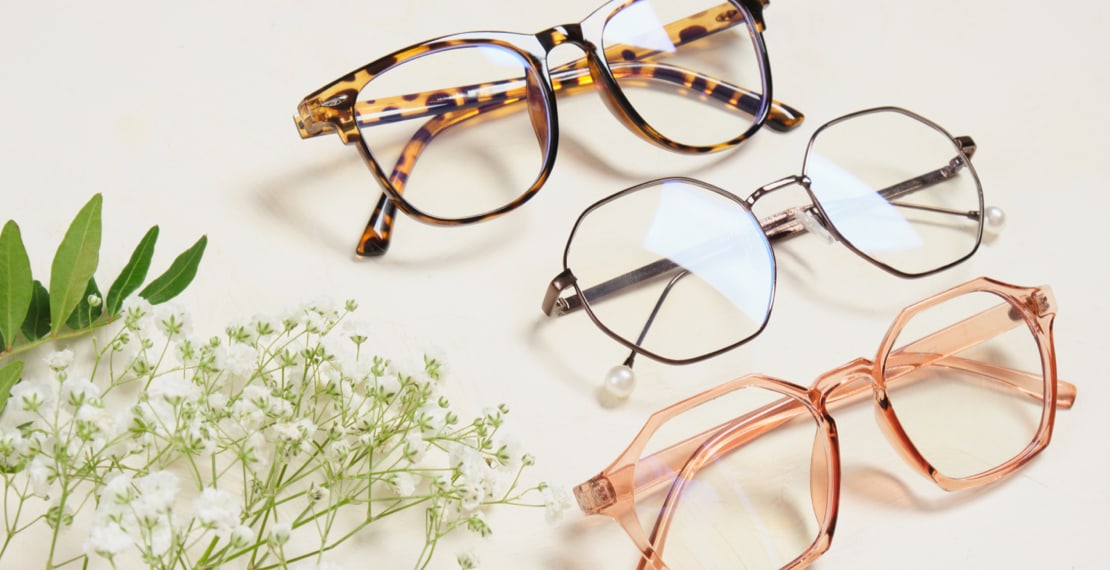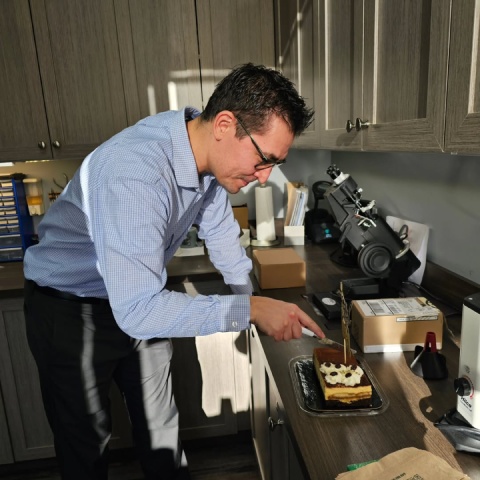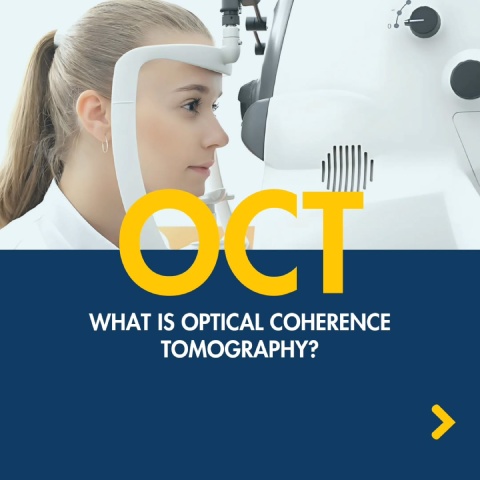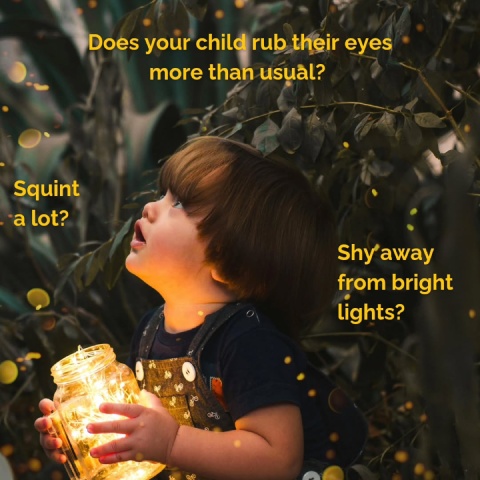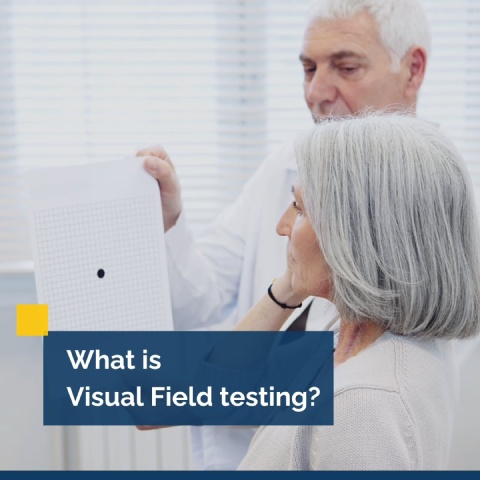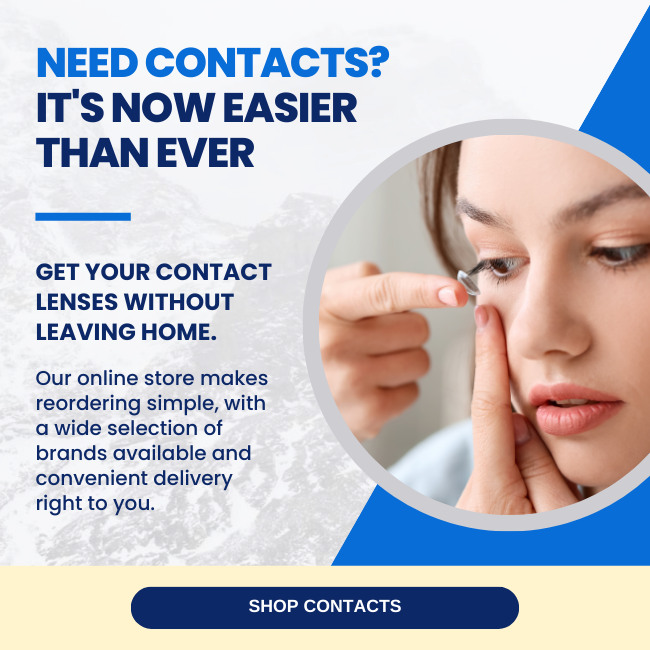Contact lenses can be a great alternative to glasses. They can be more convenient when playing sports, help you look polished, and don’t fog up like glasses in cold weather.
Switching between glasses and contact lenses helps keep your vision crisp and clear in any environment.
But contact lens care can be high maintenance compared to glasses. They need proper care to feel comfortable and not cause dry eyes. Yes, contact lenses can dry your eyes in some conditions, but that doesn’t mean you have to give them up completely.
Can Contact Lenses Dry Your Eyes?
Contact lenses can dry your eyes, causing discomfort, redness, or tired eyes. Your eyes need oxygen to thrive, and contact lenses can filter or completely block your eye’s surface, so they will get less oxygen.
As you wear your contacts, the natural accumulation of proteins and other deposits further blocks oxygen from getting to your eyes. The longer you wear a pair of contact lenses, the more deposits will build up on your lenses and keep your eyes dry.
Wearing your contact lenses for more than 12 hours at once can make your eyes feel dry, and sting while making your contacts feel rough and gritty. The longer you starve your eyes of oxygen, the dryer your eyes will feel.
Can You Wear Contact Lenses with Dry Eyes?
Even though contact lenses can dry your eyes, you don’t have to give them up completely. Contact lens technology is continually improving to make contacts more accessible to various eye problems, including dry eyes.
If you’re experiencing chronic dry eyes when wearing your contact lenses, you should talk to your optometrist about the different types of contact lenses. You might benefit from switching to another brand or lens type.
Which Type of Contact Lenses is Best for Your Eyes?
Depending on the type of contact lens you want to use—rigid gas-permeable (RGP), daily disposables, two-week disposables, monthly disposables, or extended wear—the FDA makes the decisions on replacement schedules. Still, only your optometrist can help you find the best lenses for your eyes and lifestyle.
Lens Material & Water Content
Soft contact lenses are incredibly common. They’re made of flexible plastic, so oxygen can better pass through to the eye. RGP contact lenses are firmer but still allow enough oxygen to get to the eye.
Silicone-based hydrogel keeps water from evaporating and locks in moisture to the eyes. They’re favored more than contact lenses with high water content, as the water actually dries out the eyes faster.
Scleral Contact Lenses
Scleral lenses may be better if your eyes are still dry after using standard contact lenses. Scleral contact lenses measure from 15–22 millimeters across, while standard contact lenses measure only 9 millimeters across.
They cover a portion of the sclera, the white part of the eye, and let oxygen reach the eye’s surface more easily, which can help retain more moisture in their eyes.
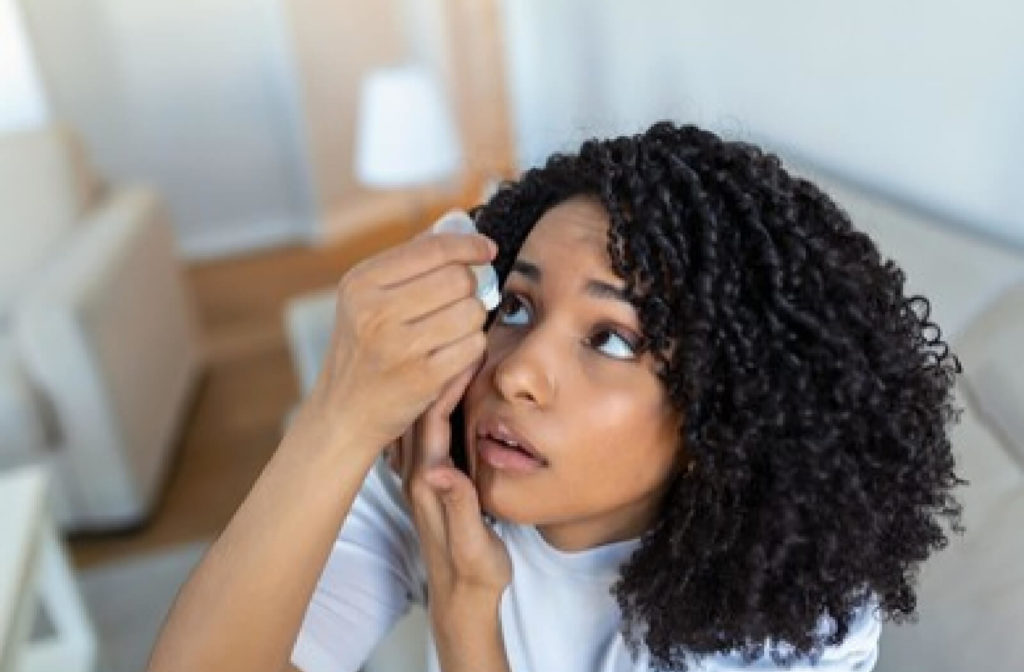
How to Prevent Dry Eyes with Contact Lenses?
Some simple changes can be the difference between comfortable eyes and dry eyes. A few things to try to do, include:
- Checking your contact solution to make sure it’s the best option for your eyes
- Tracking your contact lens use, so you’re not wearing them too long in a day and are not wearing the same pair for too long
- Using contact lens-safe eye drops to add some moisture before putting your contact lenses in
- Switching to your glasses to give your eyes a break from contact lenses
Contact Lens Care
Interested in trying contact lenses for the first time? At Calgary Family Eye Doctors, we offer comprehensive contact lens fittings to ensure your contact lenses don’t dry out your eye and you maintain ultimate comfort.
Come in to see us with all your questions. If you notice dry eyes when you’re wearing your contact lenses, book an appointment, and we’ll examine your eyes for changes. We can recommend the types of contact lenses you should try and discuss contact solutions and contact care.


